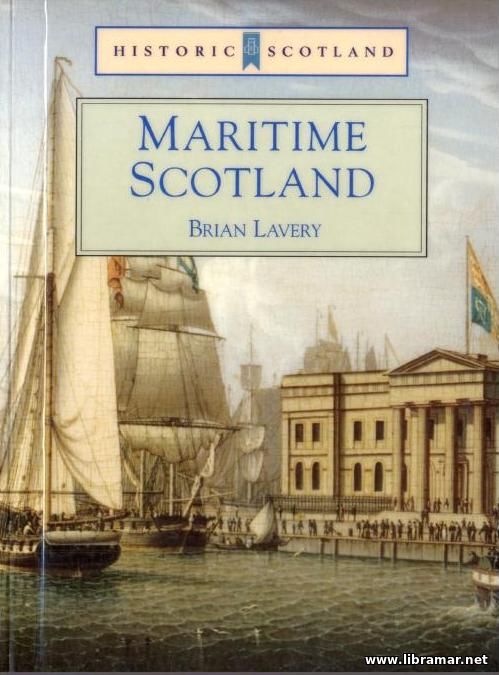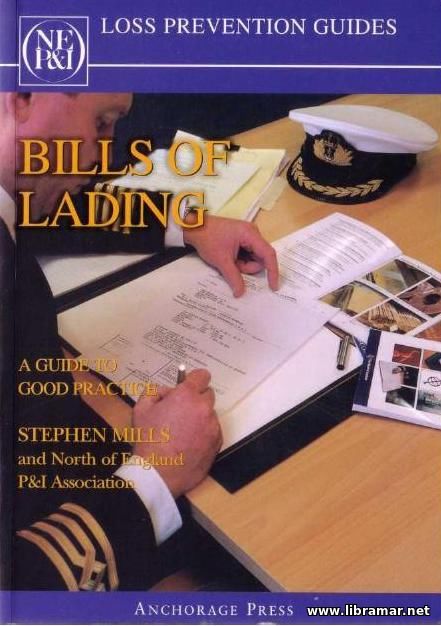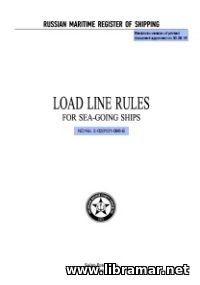MARITIME SCOTLAND

| Author(s) | Brian Lavery |
| Publisher | B. T. Batsford Ltd. |
| Date | 2001 |
| Pages | 128 |
| Format | |
| Size | 43 Mb |
| D O W N L O A D | |
The people of Scotland have always been close to the sea. It is impossible to live more than 40 miles from salt water except on the heights of the Cairngorms. The sea forms most of the boundaries of Scotland, though these have not always been fixed - in the past the Western Isles have been ruled from Ireland and Norway, Orkney and Shetland by Norway. Sea transport has always had a vital role in holding the country together, across its innumerable rivers, channels and sounds.
It has also opened up the possibilities of international trade, allowing Scotland to develop relations with many places without going through its old rival, England. Nearly a third of Scotland's population lives in the four great cities, Glasgow, Edinburgh, Dundee and Aberdeen, all of which are seaports; though this was not achieved without some effort, for Edinburgh had to create a satellite port at Leith, while Glasgow used enormous resources in deepening the Clyde. The cultural difference between Edinburgh and Glasgow is great for two cities so close together.
This is partly explained by the fact that they face in different directions - Edinburgh towards England and the Continent, Glasgow towards Ireland, the Western Isles and America. Throughout the centuries Scotland has maintained independent relations with Scandinavia, the Netherlands, Ireland, France and North America. According to Professor Donaldson: "'From the Firth of Forth, Bremen and Bergen are no further away than Antwerp and Dieppe; from Aberdeen, the Kattegat is as near as the English Channel and the nearest continental country is Norway". Without the maritime dimension, England is seen as Scotland's only neighbour and that country seems to dominate Scotland's history.
This book attempts to take an overall view of Scottish maritime history, archaeology and building and monuments, uniting the different themes of passenger and cargo shipping, fishing, shipbuilding and naval history, each of which is well covered by its own specialists, with little reference to how it relates to the others. Because of pressures of space, it is regrettably not possible to do full justice to all aspects of the subject - yachting, the seaside, lifeboats and shipwrecks, for example, are barely mentioned...
The "Read Later" function allows you to add material to this block with just one click. Just click on the icon and read the articles that interest you at any convenient time.


